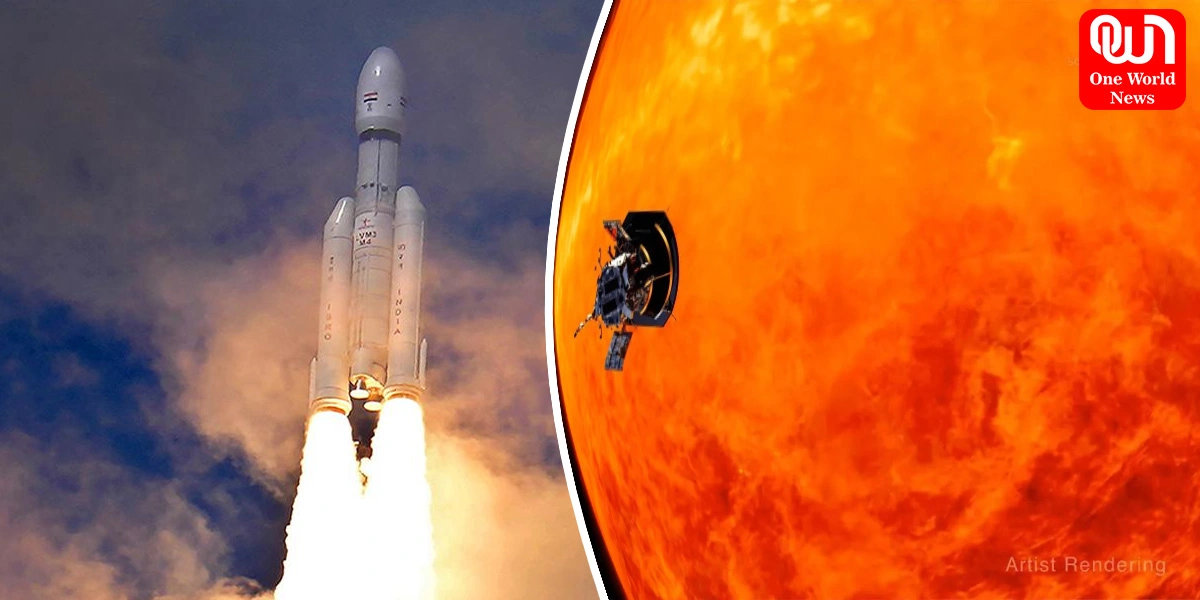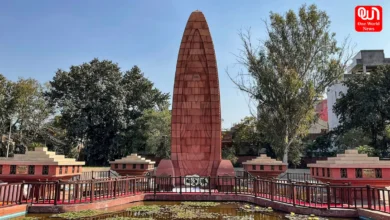“Aditya L-1 Successfully Completed 2nd Earth-Bound Maneuver, Next Scheduled for September 10, 2023”
On Tuesday, the Indian Space Research Organization (Isro) announced that Aditya L-1, the nation’s first solar mission, has completed the second Earth-bound manoeuvre successfully.
The operation was carried out by the Telemetry, Tracking and Command Network (ISTRAC) of the space agency.
“From ISTRAC, Bengaluru, the second Earth-bound movement (EBN#2) is successfully carried out. During this operation, the satellite was tracked by ISTRAC/Isro’s ground stations in Mauritius, Bengaluru, and Port Blair. The new orbit is 282 x 40,225 kilometres, according to an update from ISRO on X.
Aditya-L1 Mission:
The second Earth-bound maneuvre (EBN#2) is performed successfully from ISTRAC, Bengaluru.ISTRAC/ISRO's ground stations at Mauritius, Bengaluru and Port Blair tracked the satellite during this operation.
The new orbit attained is 282 km x 40225 km.
The next… pic.twitter.com/GFdqlbNmWg
— ISRO (@isro) September 4, 2023
The next manoeuvre (EBN#3) is scheduled for September 10, 2023, around 02:30 Hrs. IST ISRO updated on X.
ISRO has also updated about the Chandrayaan-3 Mission on ‘X’.
Read more:- India’s Aditya-L1 Mission: Probing Sun’s Secrets from L1 Point
Sharing the images from Vikram Lander, ISRO wrote, “Vikram Lander is set into sleep mode around 08:00 Hrs. IST today. Prior to that, in-situ experiments by ChaSTE, RAMBHA-LP and ILSA payloads are performed at the new location. The data collected is received at the Earth. Payloads are now switched off. Lander receivers are kept ON. Vikram will fall asleep next to Pragyan once the solar power is depleted and the battery is drained. Hoping for their awakening, around September 22, 2023.”
Chandrayaan-3 Mission:
Vikram Lander is set into sleep mode around 08:00 Hrs. IST today.Prior to that, in-situ experiments by ChaSTE, RAMBHA-LP and ILSA payloads are performed at the new location. The data collected is received at the Earth.
Payloads are now switched off.… pic.twitter.com/vwOWLcbm6P— ISRO (@isro) September 4, 2023
After roughly 127 days, Aditya L1 is anticipated to reach the intended orbit at the L1 point.
Read more:- Aditya-L1 Launch: Aditya-L1 is on its way to observe solar activities!
On September 2, Aditya L1 was launched from Sriharikota’s Satish Dhawan Space Center. The Polar Satellite Launch Vehicle (PSLV) in ‘XL’ mode, ISRO’s most dependable and adaptable workhorse rocket, sent the spacecraft, weighing 1,472 kg, into orbit.
Studying the Sun’s higher atmospheric layers, specifically the chromosphere and corona, is the main goal of the Aditya L1 mission. The mission will also study the corona’s magnetic field, which governs space weather, and look at coronal mass ejections (CMEs), which are large bursts of plasma and magnetic fields from the Sun.
Aditya L1 is equipped with the Visible Emission Line Coronagraph (VLEC), one of its seven payloads.
Aditya L1 has started to collect Scientific Data with one of the instruments activated by ISRO.
Taking to Twitter(X) ,ISRO informed ,The sensors of the STEPS instrument have begun measuring supra-thermal and energetic ions and electrons at distances greater than 50,000 km from Earth. This data helps scientists analyze the behaviour of particles surrounding Earth.
The figure displays variations in the energetic particle environment, collected by one of the units.
Aditya-L1 Mission:
Aditya-L1 has commenced collecting scientific data.The sensors of the STEPS instrument have begun measuring supra-thermal and energetic ions and electrons at distances greater than 50,000 km from Earth.
This data helps scientists analyze the behaviour of… pic.twitter.com/kkLXFoy3Ri
— ISRO (@isro) September 18, 2023
Like this post?
Register at One World News to never miss out on videos, celeb interviews, and best reads.









